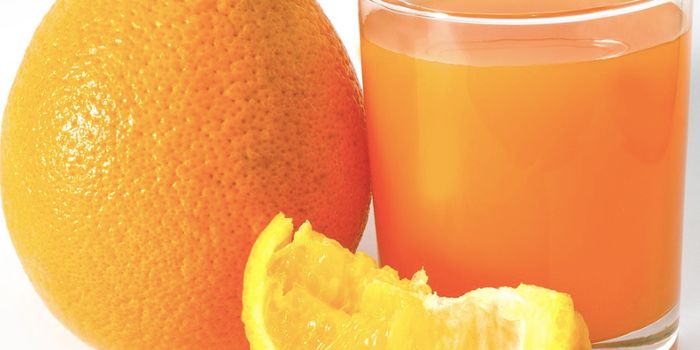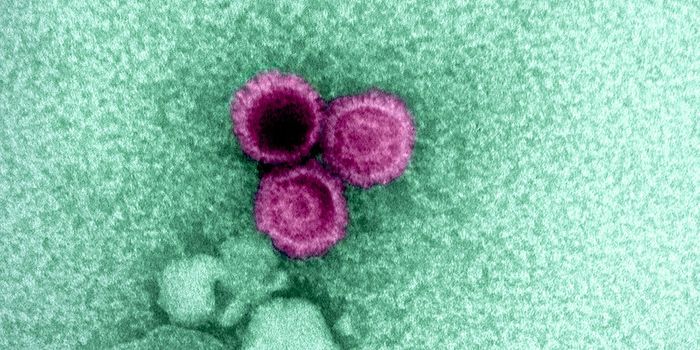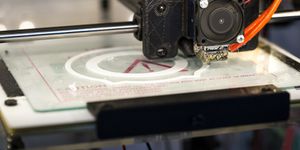Bacteria May Influence Fear in Babies
The microbes that call the human gastrointestinal tract home are with us since birth (or even earlier) and seem to have a powerful influence on our developmental, physical, and mental health. Researchers are learning more about the complex interplay between gut microbes and the genes they carry and express, and human physiology. The gut microbiome is even directly connected to the brain. Scientists have now found evidence that suggests the gut microbes in an infant have an impact on how those babies perceive danger, in non-social situations.
In some cases, the fear response in infants is related to their future mental health. Reporting in Nature Communications, scientists have found that the composition of the gut microbiome varies between infants that have strong and mild reactions to scary situations. This research could help scientists develop tools that can be used to monitor and maintain healthy neurological development.
"This early developmental period is a time of tremendous opportunity for promoting healthy brain development. The microbiome is an exciting new target that can be potentially used for that," said study leader Rebecca Knickmeyer, an associate professor in the College of Human Medicine's Department of Pediatrics and Human Development at Michigan State University.
"Fear reactions are a normal part of child development. Children should be aware of threats in their environment and be ready to respond to them. But if they can't dampen that response when they're safe, they may be at heightened risk to develop anxiety and depression later on in life."
Fear réponses might also be overly dampened at the other end of the spectrum, noted Knickmeyer, and children with exceptionally muted responses may go on to develop unemotional traits linked to antisocial behavior.
In this study, Knickmeyer and colleagues first used stool samples to assess the gut microbiome of about 30 infants, who were all breastfed and not exposed to antibiotics. The researchers tested the reactions of the infants to a person wearing a Halloween mask entering the room they were in, which is a test of non-social fear; they found a connection between the babies' reactions and their gut microbiome composition.
"We really wanted the experience to be enjoyable for both the kids and their parents. The parents were there the whole time and they could jump in whenever they wanted," Knickmeyer said. "These are really the kinds of experiences infants would have in their everyday lives."
The study looked for associations between the strength of social and non-social fear responses in infants and specific gut microbiome characteristics. Children with less diversity in their gut microbiomes at one-month-old tended to be more afraid at age one in non-social situations. In social situations, there did not appear to be a connection between the reactions and the gut microbiome.
"With strangers, there is a social element. So children may have a social wariness, but they don't see strangers as immediate threats," Knickmeyer said. "When children see a mask, they don't see it as social. It goes into that quick-and-dirty assessment part of the brain."
The researchers also collected MRIs of the brains of their study participants. They determined that there was a link between the gut microbiome composition at one-year-old and the size of the amygdala, a part of the brain related to decision-making about potential threats. The nature of this link is still unclear, however.
"We have a great opportunity to support neurological health early on," she said. "Our long-term goal is that we'll learn what we can do to foster healthy growth and development."
Unfortunately, the study only looked at a small group of infants. The researchers also found no connection at all between the infant gut microbiomes and their parents' reports of how fearful the child was. This may indicate that the three measures of fear are all looking at different aspects of it, the researchers suggested.
Sources: AAAS/Eurekalert! via Michigan State University, Nature Communications









